Is the reflection phenomenon common in RF work with unmatched source/load pairs also present at low frequencies? Or are the wavelengths so much longer than the physical conductor lengths that reflections do not matter? I.e, are reflections strictly a function of wavelength relative to the conductors lengths?
Say for example I have a square wave fed into a pi-filter whose purpose is to extract a 100kHz fundamental (1/4 λ = about half a mile). The source and the pi-filter (and load) are unmatched. Does the power reflect back to the source? The wavelength of the signal is much, much greater than the length of the conductors (about 10,000 times, for example, for 3" traces on a PCB). So I'm not sure how that would interfere with the source signal. Perhaps the wavelengths of the higher harmonics would eventually be of "meaningful" lengths, but they should be at much lower power levels.
Would I see a distorted signal at the source due to a reflection from the pi-filter? Could the reflection damage the source? If the power is not reflected, is it absorbed by the filter? Where does it go?
Since we can often "get away" without terminating signals in low frequency designs, I hardly ever worry about reflections. I've typically only worried about them at at high MHz signals (and higher), and when interfacing signals across backplanes, or long board interconnects. But, it occurs to me that there should be reflections all the time. How is it that they don't typically matter (in low frequency designs)? How is it that sources driving unmatched loads are not "blown up" more often due to these reflections?
